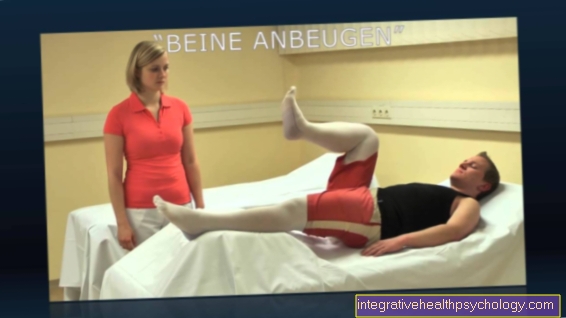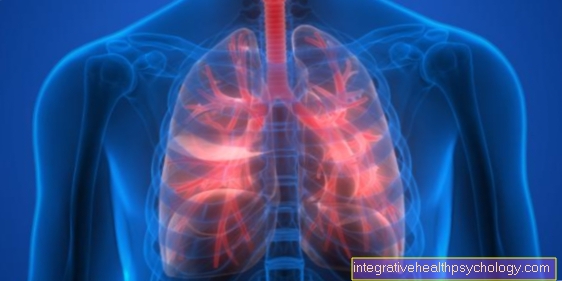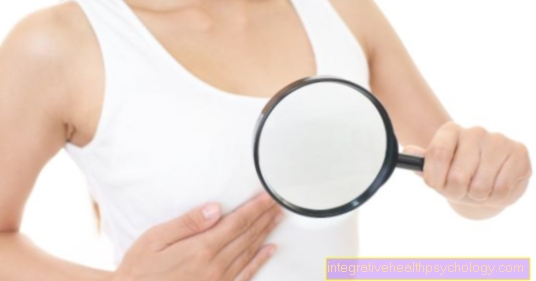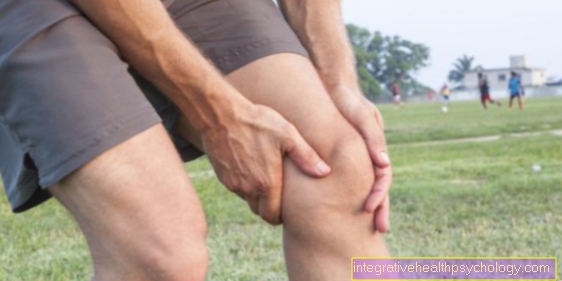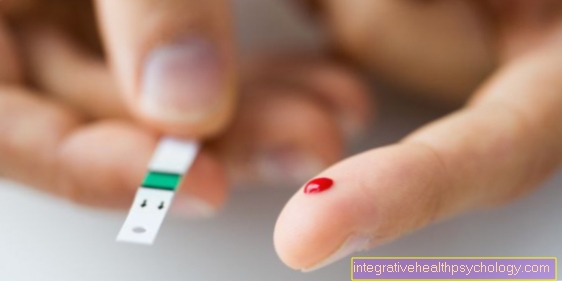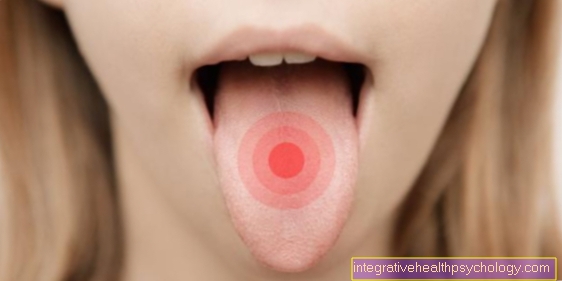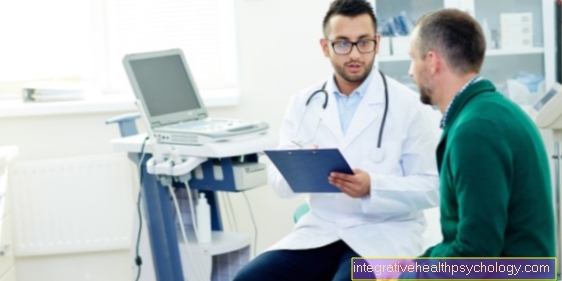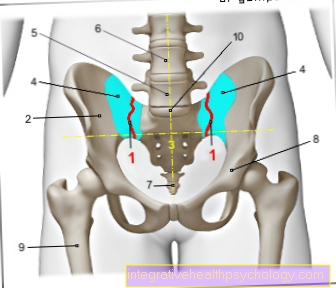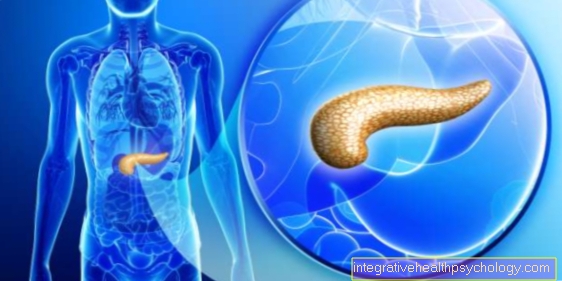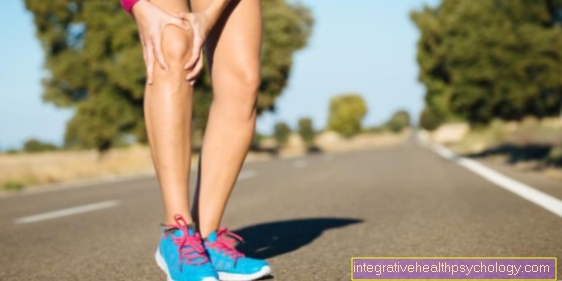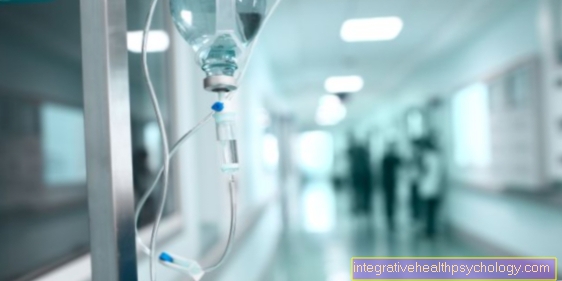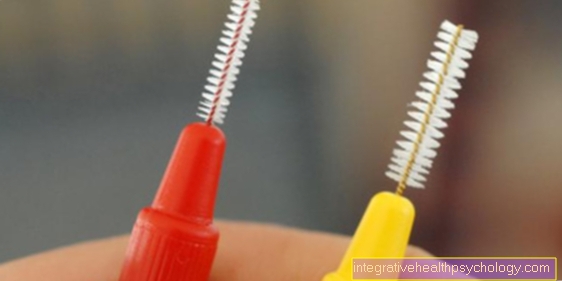Estrogens
education

Formation of estrogen:
Estrogens as components of the steroid hormones arise from the hormone androstenedione. These hormones are produced in the ovaries (Ovaries), in the mother cake (placenta), in the adrenal cortex and in the testicle (Testis). The hormone-producing cells in the ovaries are the granulosa and theca cells, and in the testes the Leydig cells. The following representatives of the estrogens exist:
- Estradiol
- Oestrone
- Estriol
Once released into the blood, the estrogens are bound to the transport protein SHBG (sex hormone-binding globulin). The receptor for these hormones is located within the cells, i.e. intracellularly.
regulation
Regulation of estrogen:
Estrogens are part of the Hypothalamic-pituitary axis. The hypothalamic hormone GnRH (Gonadotropin R.eleasing Hormone) is released in a pulsatile manner, by which one understands the release as a "pulse" for a duration of about one minute every 60 to 90 minutes. As a result, the hormones in the pituitary gland also become pulsatile FSH (F.olliclestimulating Hormon) and LH (luteinizing Hormon) secreted. The release of LH and FSH is modulated by estrogens, progesterone and inhibin.
Inhibin is produced as a peptide hormone in the granulosa cells of the ovaries and in the Sertoli cells of the testes.
function
The estrogens as part of the reproductive hormones influence the development of the female sexual organs (breast, vagina, fat distribution, pubic hair). These hormones also help guide the woman's menstrual cycle.
This happens because the hormones promote the build-up of the uterine lining and indirectly acidify the vaginal environment via changes in the cell surface, which in turn reduces the risk of infection, as fewer bacteria colonize under these conditions.
In the vagina, estrogens also change the nature of the cervical mucus so that invading sperm can penetrate it more easily and survive better.
The hormones also influence the speed at which the eggs migrate in the fallopian tubes and make it easier for the sperm to penetrate the egg cell. In this way, the hormones promote fertilization as a whole.
Effects of the hormones outside of reproduction include influences on the coagulation of the blood, which is increased, and on the excretion of water and salt, which is decreased.
On the bones, estrogens prevent growth and force the growth plates to close (Epiphyseal plate closure). The distribution of lipoproteins, which are used to transport cholesterol and other fats in the blood, is also changed in such a way that LDL (low densitiy lipoprotein) lowered, VLDL (very low density lipoprotein) and HDL (high density lipoprotein) on the other hand, which in all probability results in a lower risk of hardening of the arteries (arteriosclerosis).
Furthermore, estrogens also change the skin, which becomes softer and thinner. The number of sebum glands is reduced and the amount of subcutaneous fat tissue is increased by the hormone.
The final effect of these hormones is on behavior and the psyche.


